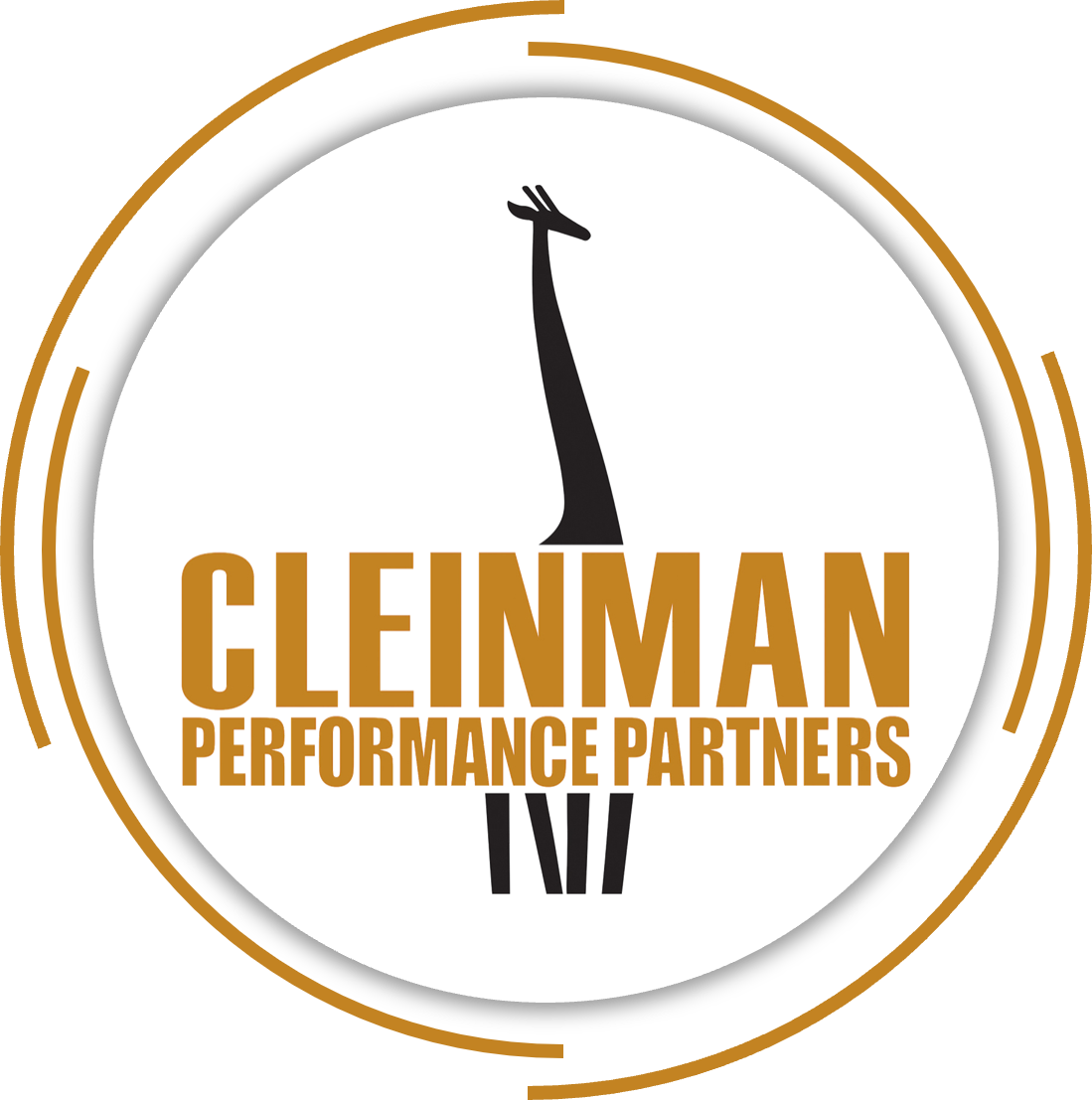 As I travel around the country speaking to private-practice optometrists and their teams, I often discuss branding, markets, and market share. Ours is a dynamic world, with killer competition coming from multiple fronts. Competition for the private ECP is increasing. They must deal with messaging from big box retailers, vision plans, private equity consolidators and on-line marketers as well as from each other. Yet, despite this, I know that our clients are growing. Indeed, industry reports indicate that ECPs that “get it” are doing well.
As I travel around the country speaking to private-practice optometrists and their teams, I often discuss branding, markets, and market share. Ours is a dynamic world, with killer competition coming from multiple fronts. Competition for the private ECP is increasing. They must deal with messaging from big box retailers, vision plans, private equity consolidators and on-line marketers as well as from each other. Yet, despite this, I know that our clients are growing. Indeed, industry reports indicate that ECPs that “get it” are doing well.
And yet, were one to make decisions based upon online discussions and “fly-on-the-wall” research, the vitriol dished out to these competitors by ECPs would indicate that the end is near for private practice. For most, the glass is clearly half empty.
Jobson Publishing reports that the top ten eyecare/eyewear retailers[1] take in over $8bb annually, representing about 23% of our industry’s $35bb in retail volume. With an estimated 50,000 retail doors[2] in our industry, that makes the average retail location’s volume about $700k.
Eyecare and eyewear are big business and the profit margins are attracting $$billions in outside capital. Many ECPs are scared and consolidators are playing upon their fears. Many are concerned that the competitive walls are closing in on them and the business side is getting too complex for them to thrive.
But let’s look at market and marketing reality.
As to the market, demographics are hugely in favor of eyecare. Our population is aging. Further, with the advent of mobile devices, we use our eyes much differently than even a decade ago. Add to that innovation in technology from contact lenses that monitor health to eyewear/camera combinations to advances in the treatment of dry eye and other pathologies. Is not it clear that our industry’s future is reasonably secure? Changing yes…but growing.
And while we don’t know how much each of the top-ten monoliths invest in marketing, a reasonable guess is that it’s about 5% of revenue. That would mean that the typical consumer is bombarded with over $400million worth of marketing messaging from just the top ten retailers alone. That’s a lot of BOGOs and 50% discounts.
Our studies indicate that, at best, the average ECP invests about 1.5% of revenue on marketing, most of which is largely haphazard and random. If the entire balance of the market, some $27bb from other than the top ten retailers, invests at this level, their annual marketing investment would be about the same as that of the top ten. The difference is that each of the top ten have a consistent marketing message developed by marketing experts and executed in business-like ways. Most of the balance of the market does not. Is it any wonder why the typical consumer is focused on eyecare and eyewear costs? We’re allowing the top ten to dominate an entire industry’s brand messaging.
Since 1979 I have been telling my ECP audiences that they’re on trial in the minds of consumers. And they’re largely not showing up in their own defense. The typical ECP sits back and relies upon vision plans to fill their books, wondering why their profits are eroding as vision plans sell their services direct to the very consumers that used to pay full or near full price. Said another way, most of our industry’s consumer-facing ECPs are NOT investing in their own marketing. They rely upon vision plans and the top ten retailers to establish their messaging in the minds of consumers. They then fight the value battle one patient at a time.
At the end of the day it’s a quality vs. quantity game. It’s not all that challenging to compete against the likes of Walmart, Costco, Lenscrafters and others if you’ve got a solid plan, clear messaging and professional execution.
But it’s Thanksgiving and it’s time to give thanks.
So, this Thanksgiving, I give a shout-out to the top ten retailers. And I mean this sincerely. Thank you! Thank you for investing your marketing dollars in growing the eyecare market; something that the ECP world is challenged to accomplish. And keep up your good work in driving those price messages. I can’t imagine where our clients would be without your investments and the clearly established price/value/quality differentials.
Happy Thanksgiving!
[1] I exclude Vision Source from this list (they claim the #2 position) because they do not represent an integrated retailer under centralized control but are simply a collection of independent practices without brand standards.
[2] No one really knows this number, since the retail industry is largely privately owned without reporting requirements.
